Organic agricultural production is one of the trends to develop modern agriculture. Currently, production in this direction has been and is being implemented in many localities. Organic agricultural production is not only present in the plains but also appears in mountainous areas where ethnic minorities live. Production in this direction helps improve quality, ensure product safety for consumers, and increase production value.

Growing rice in an organic, circular way.
Many opinions say that Vietnam is facing a situation where the area of cultivated land is gradually shrinking due to population explosion, the impact of climate change and the degradation of soil quality. Therefore, changing the awareness of farmers from using chemical fertilizers and pesticides to organic production is necessary.
Organic production area is increasing
According to the Department of Quality, Processing and Market Development, in 2018, 46 localities nationwide participated in organic agricultural production or were converting to organic farming, but by 2023, 63 localities had done so.
According to reports from 38 localities, by 2023 the total area of land for organic agricultural production will be 75,020 hectares (of which 82% is cultivated land). At the same time, 38,780 hectares of organic agricultural production have been certified according to Vietnamese standards or according to EU, US, and Japanese standards. To date, localities are converting to organic agricultural production for 260,725 hectares of cultivated land.
It is worth mentioning that organic agricultural production is currently not only developing in localities with developed agriculture. Organic agricultural production has also been implemented in areas with difficult production conditions such as the midlands and northern mountainous areas, including models implemented in remote, ethnic minority areas.
According to reports from 38 localities, by 2023 the total area of land for organic agricultural production will be 75,020 hectares (of which 82% is cultivated land). At the same time, 38,780 hectares of organic agricultural production have been certified according to Vietnamese standards or according to EU, US, and Japanese standards.
According to the National Agricultural Extension Center, the midlands and northern mountainous areas are considered to have great potential and advantages for organic agricultural development due to the richness of land, water and climate resources. People are increasingly gaining experience, awareness and demand for organic agricultural production.
In addition, localities have policies to support and orient the development of multi-value and environmentally friendly integrated agriculture to increase product value and develop sustainable agriculture.
Deputy Director of the Department of Agriculture and Rural Development of Bac Giang province, Le Ba Thanh, said: “Initially, the province has formed a number of organic agricultural and circular agricultural models in the fields of cultivation and livestock breeding with the participation of enterprises, cooperatives, and farmers in the production and consumption of products according to the value chain. Up to now, the whole province has supported the construction of six pilot models and certified organic agricultural models such as: Organic vegetable production model, scale of one hectare in Viet Yen district; Organic grapefruit model, scale of one hectare in Luc Ngan district; Organic tea production model, scale of one hectare in Yen The district; Organic pig model, scale of 300 pigs in Luc Nam and Viet Yen districts; Organic chicken model, scale of 3,000 pigs in Yen The district”.
Increase production value
Organic agricultural production not only helps agriculture develop sustainably and is safer for human health but is also environmentally friendly.
On the other hand, organic production also contributes to creating quality agricultural products, meeting the needs of domestic consumers as well as export and increasing production value.
Up to now, the whole Bac Giang province has supported the construction of six pilot models, certified organic agriculture such as: organic vegetable production model, scale of one hectare in Viet Yen district; organic grapefruit model, scale of one hectare in Luc Ngan district; organic tea production model, scale of one hectare in Yen The district...
In fact, in the midland and mountainous areas of the North, many organic agricultural production models have appeared with high efficiency.
According to the Department of Crop Production, in Phu Tho province, there is an organic grapefruit production model in Van Don commune, Doan Hung district and Van Phu commune, Viet Tri city with an area of 3 hectares. The model applies care measures according to organic standards to help balance the grapefruit garden ecosystem, the plants grow healthy, sustainable, and safe for producers and the surrounding environment. The output reaches 32 tons/year, with an average revenue of 460 million VND/year.

Or in Lang Son province, with the production model following the organic certification process for star anise products in Van Quan, Binh Gia, Chi Lang districts, the economic efficiency reaches from 100 to 150 million VND/ha; the tangerine production models in Trang Dinh, Binh Gia, Bac Son districts following the VietGAP, organic certification process, the efficiency reaches from 100 to 150 million VND/ha.
The tea production model follows the organic farming process in Xuan Lao and Ang To communes, Muong Ang district (Dien Bien) at the Phan Thanh Ngọt tea production facility with a scale of 17 hectares, of which 5 hectares are certified organic. The model creates jobs for 25 to 30 seasonal workers with an income of 4,000,000 VND to 5,000,000 VND/person/month.
Currently, the Cooperative is growing about 50 hectares with products from Luc Truc bamboo shoots such as: fresh, dried, chili-soaked bamboo shoots... In addition, the Cooperative also connects more than 300 members inside and outside the province to provide seedlings and directly support production and product consumption.
Or the model of organic vegetable production and consumption in Lien Son commune, Luong Son district (Hoa Binh) with a scale of 10 hectares. Each year, it harvests agricultural products such as grapefruit and various vegetables with an output of 100 to 150 tons; annual revenue reaches about 2 to 3 billion VND.
In Tan Yen district (Bac Giang), recently, organic agricultural production models have been gradually expanded and developed on a number of crops such as guava, lychee, star apple, bamboo shoots, etc., bringing positive signals.
Chairman of the Board of Directors, Director of the Lam Sinh Ngoc Chau Bamboo Shoots Cooperative, Tan Yen District, Duong Thi Luyen shared: “The cooperative was established from the desire to get rich on the homeland, as well as the desire to create jobs, helping farmers escape poverty with the local specialty product of Bamboo Shoots. Due to the characteristics of bamboo shoots that do not use pesticides during the growth process, they are preserved and developed by local people according to clean and safe production processes.”
Currently, the Cooperative is growing about 50 hectares with products from Luc Truc bamboo shoots such as: fresh, dried, pickled bamboo shoots... In addition, the Cooperative also connects more than 300 members inside and outside the province to both supply seedlings and directly support production and consume products. In 2023, the Cooperative will produce 150 tons of fresh bamboo shoots, 1,500 boxes of pickled bamboo shoots, 30,000 seedlings; revenue of about 20 billion VND, creating regular jobs for 50 workers with an average salary of 8,000,000 VND/month...
Many difficulties in expanding the area
According to the authorities, although organic agricultural production has shown many positive signs, there are still many challenges to expanding organic production. Among them, people's habits of using inorganic fertilizers and chemical pesticides are still common; organic agricultural production is still fragmented, the area is still modest and not concentrated; organic production areas are mostly in the form of models, so the small area makes the investment cost high.
In particular, for areas with favorable conditions for developing organic agriculture in the midlands and mountainous areas, the terrain conditions are difficult, fragmented, and the land has large slopes. Furthermore, transportation to production areas is limited, causing difficulties in production and consumption of products.
The market for organic products is not much different from that for traditionally produced products, especially in terms of price. Meanwhile, the scale of the models is still small, making it difficult to compete; raw materials and input materials for production that meet organic standards are not diverse.
In addition, organizations and individuals participating in organic agricultural production are still limited in terms of quantity, scale and investment level. The participation of enterprises with the ability to link production and consumption is still limited; there are no specific regulations and instructions on closed chains in organic production and processing...

Discussing this issue, a representative of the Department of Crop Production said that the productivity of organic crops and livestock is lower than that of safe production, because it does not use chemical fertilizers, growth hormones, genetic technology, etc.; organic production requires more labor; high production costs lead to high prices of organic agricultural products, which affects the expansion of acreage.
Besides, currently, there are policies for organic production but they only focus on production, there are no policies for other subjects participating in the value chain such as: Policies to encourage the production of materials for organic production, policies to encourage consumers to use green products.
According to Le Ba Thanh, Deputy Director of the Department of Agriculture and Rural Development of Bac Giang province, organic agricultural production and circular agriculture in Bac Giang still face difficulties such as: the market for consuming organic products compared to products produced in the traditional direction does not have much difference, especially in terms of selling price. Meanwhile, the scale of the models is still small, making it difficult to compete; raw materials and input materials for production that meet organic standards are not diverse.
Planning of concentrated production areas
According to the Department of Crop Production, in order to develop and expand the area of organic agricultural production, in the coming time, ministries, branches and localities need to have policies to support the planning of concentrated production areas, identify organic farming areas, and support brand building. Provide financial support policies such as: preferential loans, tax support, and reduced fees for farmers converting to circular and organic agriculture; continue to advise farmers on circular and organic production methods and techniques, especially farmers in remote areas and ethnic minorities.
According to Professor, Dr. Dao Thanh Van, Vice President of the Vietnam Organic Agriculture Association: “In the coming time, ministries, branches and localities need to promote domestic and foreign trade for Vietnamese organic agricultural products; link along the value chain in the production and consumption of organic agricultural products; focus on developing organic agricultural products for a number of key agricultural products such as rice, tea, coffee, pepper, vegetables, fruits, etc. to serve domestic consumption and export. In particular, localities can develop projects on organic agriculture to identify the right products with advantages that can be developed into organic agricultural products. At the same time, plan and build an intensive organic agricultural product area large enough to have a volume of branded goods”.
Along with that, it is necessary to support research and development of new technologies to improve production efficiency and minimize negative impacts on the environment in organic agricultural production; invest in transportation and storage infrastructure to support the distribution of organic agricultural products from farm to market...
In the coming time, ministries, branches and localities need to promote domestic and international trade for Vietnamese organic agricultural products; link along the value chain in the production and consumption of organic agricultural products; focus on developing organic agricultural products for a number of key agricultural products such as rice, tea, coffee, pepper, vegetables, fruits, etc. to serve domestic consumption and export.
Professor, Dr. Dao Thanh Van, Vice President of Vietnam Organic Agriculture Association
Accelerate support for localities to identify areas that ensure organic production conditions, prioritizing concentrated development, commodity scale associated with advantageous products; strengthen activities connecting production, consumption and promotion of organic agricultural products. In particular, encourage businesses to participate in production, consumption of agricultural products, brand building, market development and promotion of organic agricultural products...
Source







![[Photo] Prime Minister Pham Minh Chinh chairs conference on anti-smuggling, trade fraud, and counterfeit goods](https://vphoto.vietnam.vn/thumb/1200x675/vietnam/resource/IMAGE/2025/5/14/6cd67667e99e4248b7d4f587fd21e37c)
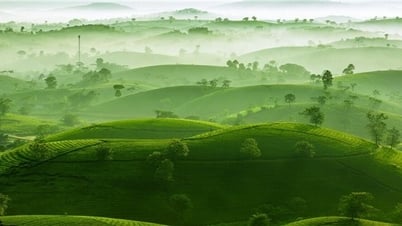







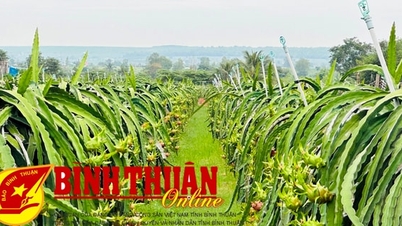
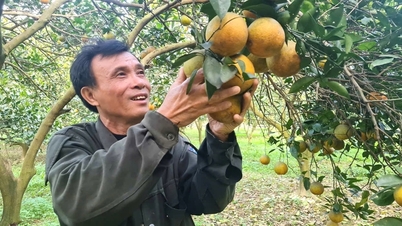
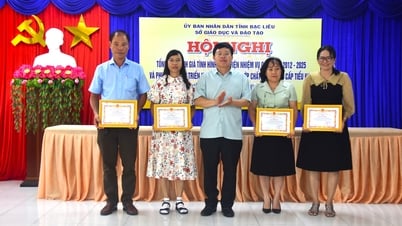









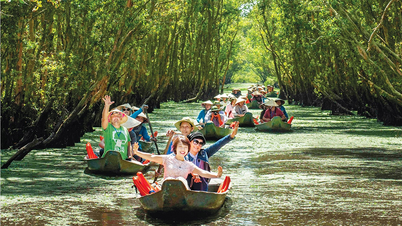



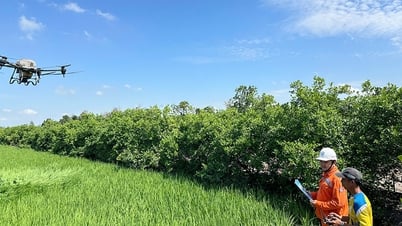
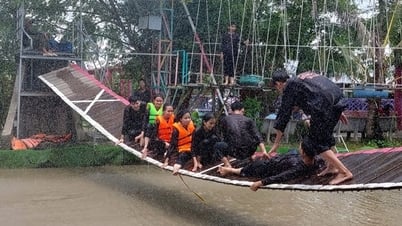









































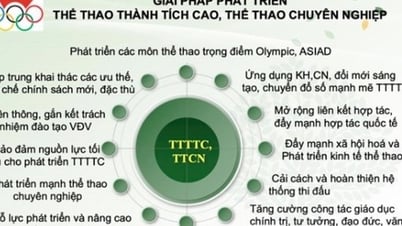


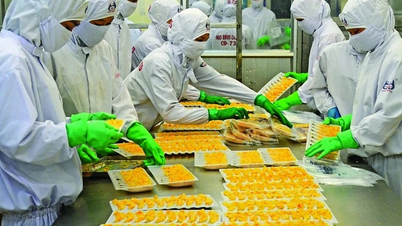




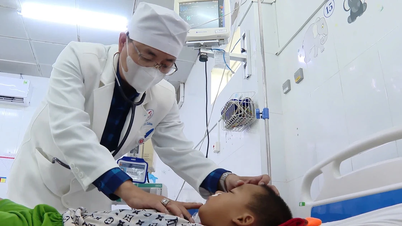

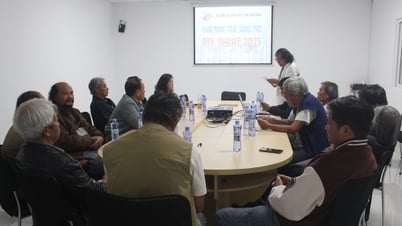

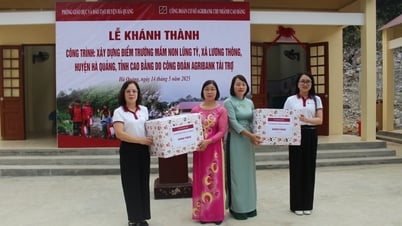

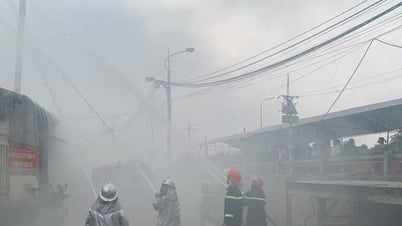

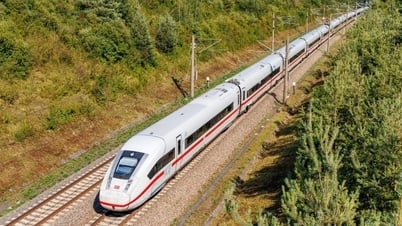









Comment (0)